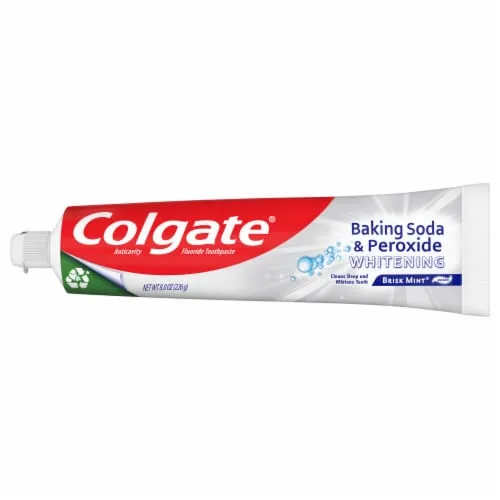What is Baking Soda and Toothpaste Teeth Whitening
The pursuit of a brighter, whiter smile has led many to explore various teeth whitening methods, including the use of baking soda and toothpaste. This DIY approach has gained popularity due to its accessibility and affordability. However, it’s essential to understand the science behind this method, its potential benefits, and associated risks before incorporating it into your oral hygiene routine. This article provides a comprehensive guide to using baking soda and toothpaste for teeth whitening, covering everything from the ingredients involved to the potential side effects and alternative methods available.
The Science Behind Teeth Whitening
Teeth whitening works by removing stains and discoloration from the surface of the teeth, making them appear brighter. Stains can be extrinsic (on the surface) or intrinsic (within the tooth structure). Baking soda and toothpaste aim to remove extrinsic stains, which are typically caused by food, drinks, and smoking. The effectiveness of these methods depends on the ingredients’ properties and the type of stains present. It is important to manage the expectation as some stains might require professional treatments.
How Baking Soda Works
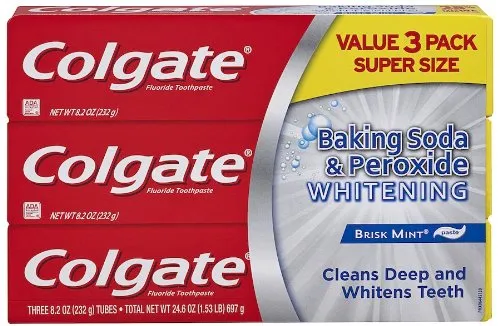
Baking soda, or sodium bicarbonate, acts as a mild abrasive. When used on teeth, it helps to scrub away surface stains. Its slightly alkaline nature can also help neutralize acids in the mouth, which contribute to enamel erosion. However, it is crucial to use baking soda cautiously, as excessive abrasion can damage the enamel, leading to increased sensitivity and other dental problems. It’s also essential to understand that baking soda doesn’t change the intrinsic color of teeth; it only removes surface stains.
How Toothpaste Contributes
Toothpaste, on the other hand, contains various ingredients that can aid in teeth whitening. These may include mild abrasives, fluoride, and other cleaning agents. Some toothpastes also contain chemical agents like hydrogen peroxide that can help with the whitening process by penetrating the enamel. The combination of toothpaste and baking soda can enhance the cleaning action. However, the effectiveness of toothpaste varies depending on the brand and its specific formulation. Always check for the ADA seal of acceptance to ensure the product’s safety and effectiveness.
Ingredients
Baking Soda and Toothpaste Ingredients
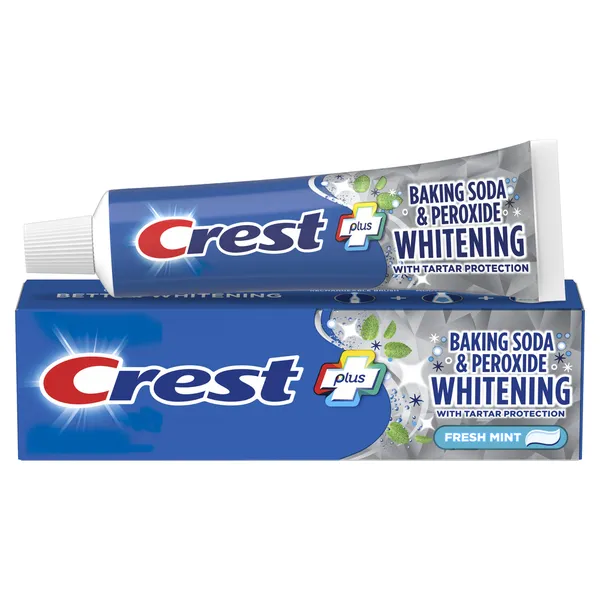
The core ingredients for this teeth whitening method are, of course, baking soda and toothpaste. When choosing toothpaste, it is recommended to select one with fluoride to protect against cavities. Avoid toothpastes that contain high levels of abrasives, which can be harmful to enamel. Baking soda should be food-grade to ensure it is safe for oral use. The effectiveness of the mixture depends on the quality and the properties of these ingredients, which can be enhanced with the inclusion of extra ingredients.
Toothpaste Ingredients
Toothpaste typically contains abrasives (like silica), fluoride, detergents, and flavorings. Abrasives help remove stains, while fluoride strengthens the enamel and prevents cavities. Detergents create foam, and flavorings improve taste and breath. Some whitening toothpastes also include mild bleaching agents. Reading the ingredient list can help you better understand what you’re putting in your mouth and the potential benefits and risks. Keep in mind that overusing certain ingredients might lead to sensitivity.
How to Prepare Your Teeth Whitening Solution
Gather Your Supplies
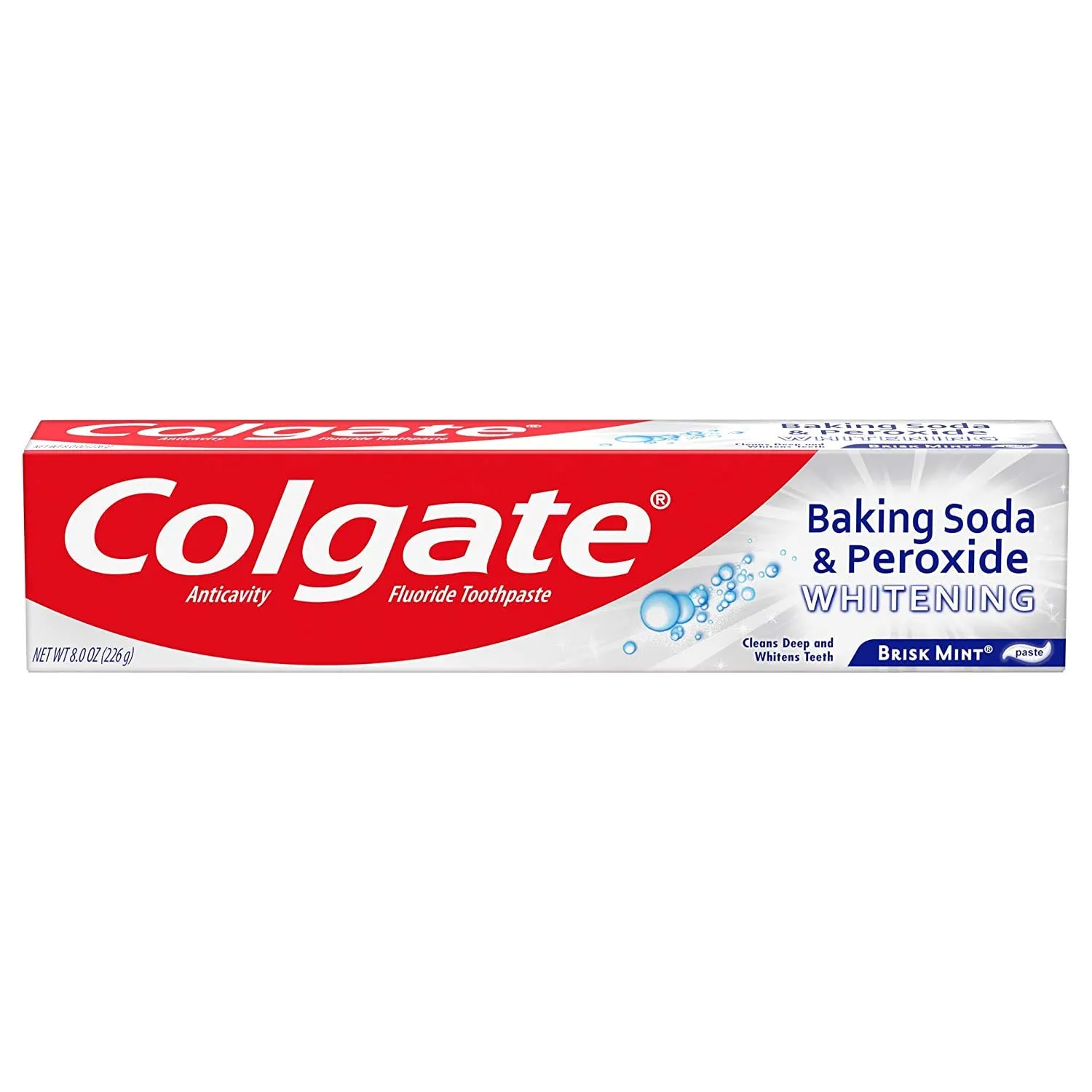
Before you start, gather all necessary supplies. You’ll need baking soda, toothpaste, a small bowl, a toothbrush, and water. Use a soft-bristled toothbrush to minimize abrasion. Make sure your supplies are clean and readily accessible. A small bowl helps in mixing the baking soda and toothpaste to achieve the desired consistency. Also, make sure that you have a way to rinse your mouth easily.
Mixing Baking Soda and Toothpaste
In a small bowl, mix a small amount of baking soda with toothpaste. The ratio can vary, but a common starting point is a 1 2 ratio of baking soda to toothpaste. Add a small amount of water if needed to create a paste-like consistency. Make sure the mixture is not too abrasive, which can damage the enamel. A smooth paste ensures that you can apply it evenly to the teeth and avoid irritation. Avoid using too much baking soda to prevent abrasion.
Application Techniques
Brushing Your Teeth with the Mixture
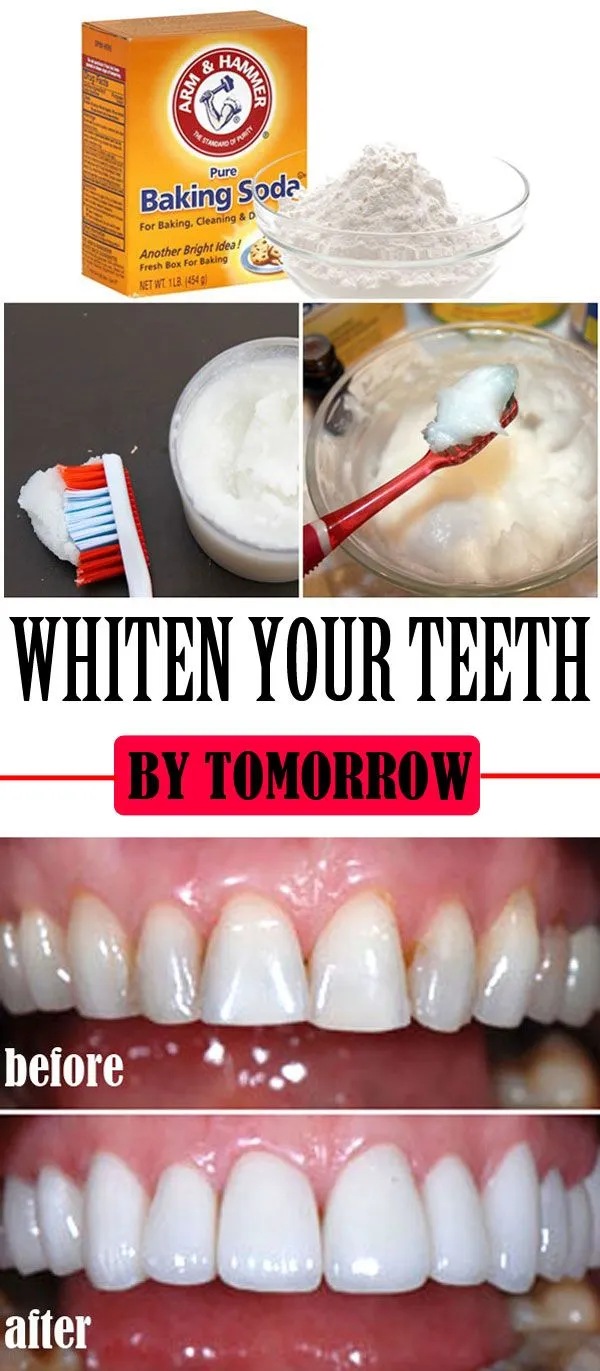
Apply the mixture to your toothbrush and gently brush your teeth using circular motions. Focus on the surface of your teeth, where stains are most visible. Avoid brushing too aggressively, as this can damage your enamel. The brushing time should be no more than two minutes. Ensure that you reach all areas of your mouth and brush every tooth carefully. Over brushing can lead to sensitivity; thus, maintaining a gentle approach is essential.
Rinsing and Aftercare
After brushing, rinse your mouth thoroughly with water to remove any remaining paste. It is advisable to use a fluoride mouthwash to strengthen your enamel. Make sure you remove all traces of the mixture from your teeth and gums. Regularly inspect your mouth to make sure there are no adverse reactions to the treatment. This helps to avoid long-term issues and maintains your oral health.
Frequency and Duration
How Often to Use This Method
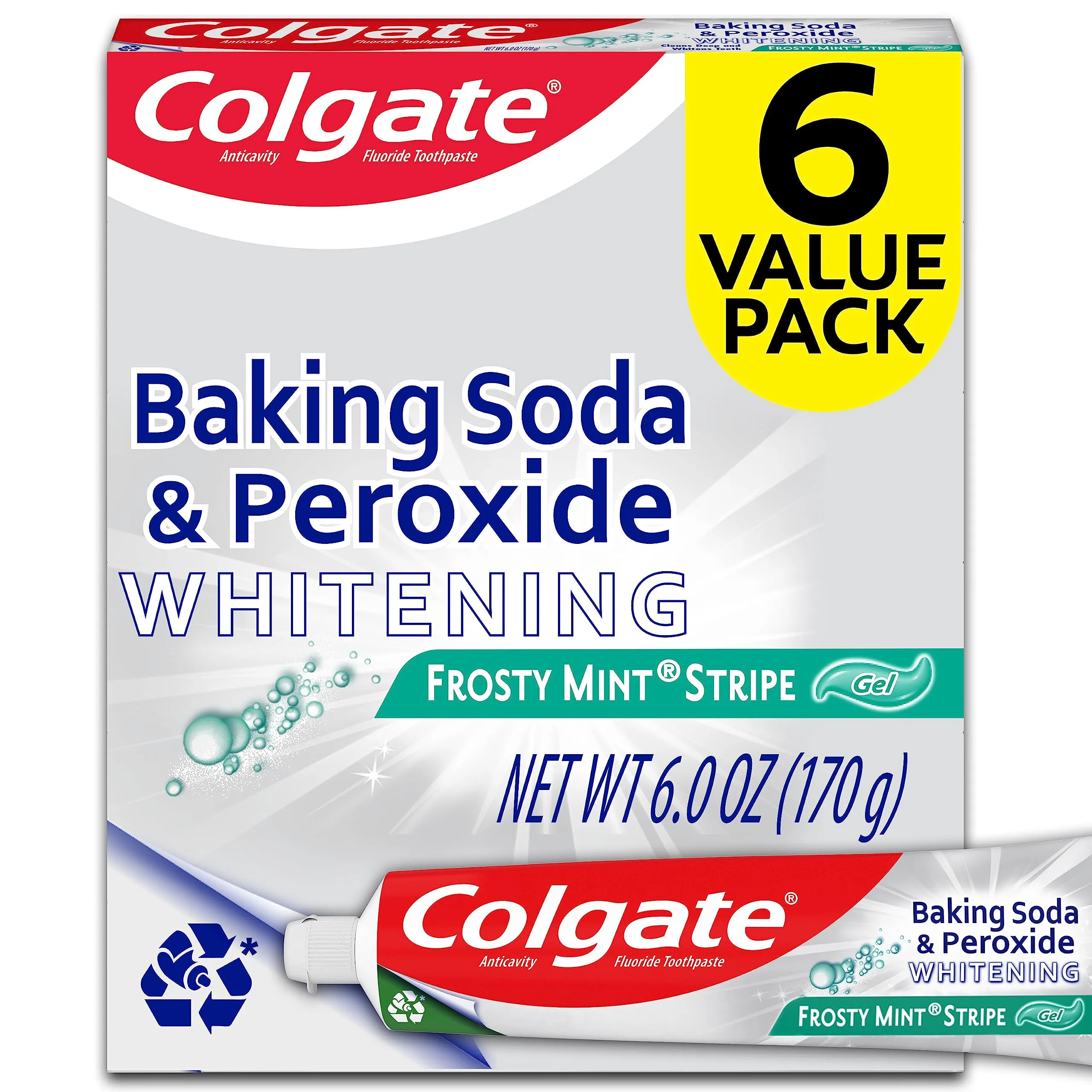
The frequency of using baking soda and toothpaste for teeth whitening should be limited. Dental professionals generally recommend using this method no more than once or twice a week to minimize potential damage to the enamel. Overuse can lead to increased sensitivity and erosion of the protective layer of the teeth. Always monitor your teeth for any signs of adverse effects, and adjust the frequency accordingly. Listen to your teeth, and prioritize the long-term health of your mouth.
Potential Risks and Side Effects
Sensitivity and Irritation
One of the most common side effects of using baking soda and toothpaste for teeth whitening is increased tooth sensitivity. This happens because the enamel is gradually worn down, exposing the dentin, which is more sensitive to temperature and pressure. Some people may also experience gum irritation or inflammation, which can be uncomfortable and lead to other oral health issues. If you experience any of these side effects, discontinue using the method immediately and consult a dentist.
Enamel Erosion Concerns
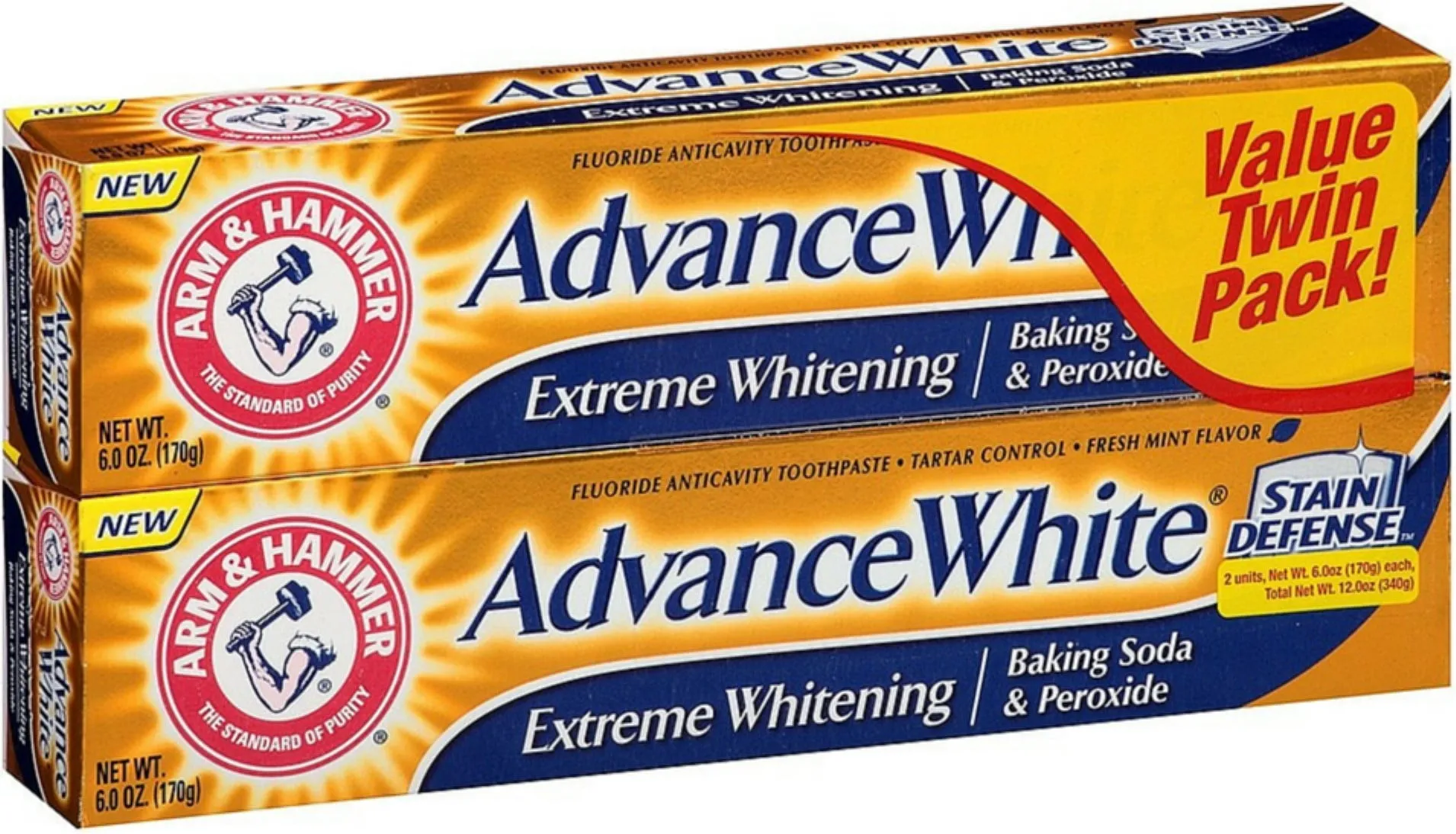
The abrasive nature of baking soda can cause enamel erosion over time, leading to various dental problems. Enamel erosion can make teeth more susceptible to cavities, discoloration, and other dental issues. Therefore, it’s crucial to use this method sparingly and monitor the condition of your teeth. If you notice any changes, such as increased sensitivity or changes in the appearance of your teeth, consult a dentist immediately. Consider the long-term health implications of any teeth whitening method before using it.
Alternative Teeth Whitening Methods
Professional Teeth Whitening
Professional teeth whitening, performed by a dentist, is one of the most effective methods for achieving a brighter smile. These treatments use stronger bleaching agents that can significantly improve tooth color. Professional whitening is also safer because it is carried out under the supervision of a dental professional, minimizing the risk of enamel damage and other side effects. The dentist can assess your oral health and determine the most appropriate treatment. Though more expensive, professional whitening offers faster and more predictable results.
Over-the-Counter Whitening Products
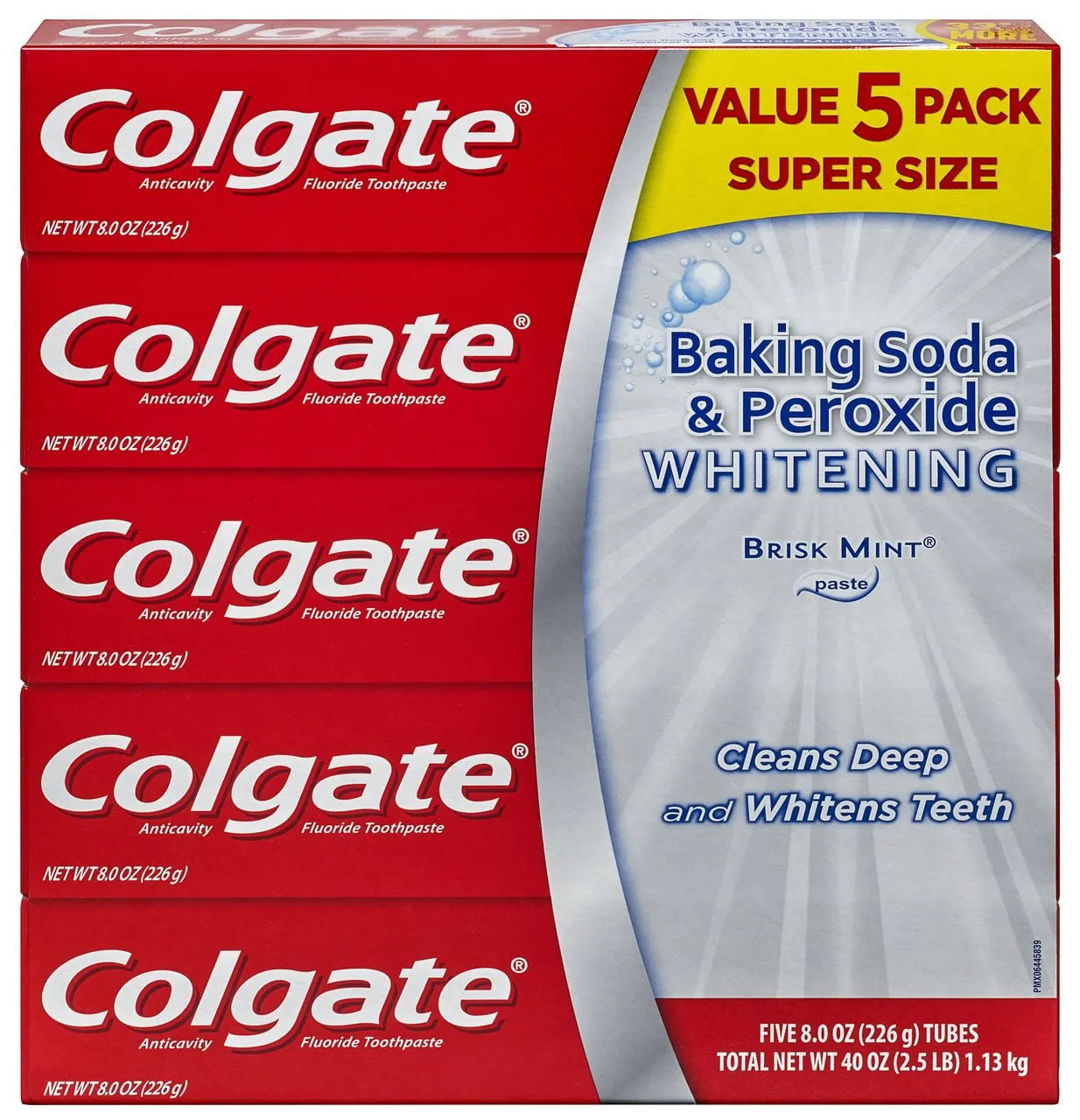
Over-the-counter whitening products, such as whitening strips, toothpastes, and gels, are readily available. These products often contain lower concentrations of hydrogen peroxide or other bleaching agents. While they may provide some whitening benefits, their effectiveness varies, and the results may not be as dramatic as professional treatments. Always follow the instructions carefully and be aware of potential side effects. It is also advisable to consult your dentist to discuss the most suitable products for your needs.
Lifestyle Changes for a Whiter Smile
Dietary Adjustments
Diet plays a crucial role in maintaining a white smile. Limiting the consumption of stain-causing foods and drinks, such as coffee, tea, red wine, and berries, can help prevent discoloration. Consuming foods that naturally help clean teeth, such as apples and celery, can also contribute to a brighter smile. Drinking plenty of water helps wash away food particles and reduces the chances of stains. Prioritize a balanced diet rich in nutrients for overall health, including oral health.
Oral Hygiene Practices
Good oral hygiene is essential for maintaining a white smile. Brushing your teeth twice daily with a fluoride toothpaste is fundamental. Flossing daily removes plaque and food particles from between the teeth, and using mouthwash can help freshen breath and prevent stains. Regular dental check-ups and professional cleanings are also essential to remove plaque and tartar buildup and maintain optimal oral health. A consistent oral hygiene routine is key to keeping your teeth bright and healthy.
Baking Soda and Toothpaste: Is It Worth It?
Using baking soda and toothpaste for teeth whitening is an affordable and accessible method, but it is essential to approach it with caution. While it may provide some whitening benefits, it also carries potential risks, such as enamel erosion and increased sensitivity. Consider consulting your dentist to discuss the best teeth whitening options. Prioritize professional advice and make informed decisions for long-term oral health and a radiant smile.
